Nominations for the 2021 3D Printing Industry Awards are now open, have your say in who is leading the industry now.
In this edition of Sliced, the 3D Printing Industry news digest, we cover the latest business developments and partnerships in the 3D printing sector.
Today’s edition includes new hardware, software and materials launches, 3D printing partnerships and business updates, new 3D printing training programs, and several novel application cases, including life-size 3D printed dinosaurs.
Read on for the most recent updates from Nexeo Plastics, B9 Creations, Solukon, University of Louisville (UofL), Machine Tool Systems, CDM: Studio, Pinarello, AIM3D and more.

New launches from AIM3D and Solukon
Industrial 3D printer manufacturer AIM3D has unveiled its latest generation of multimaterial printheads for its composite extrusion modeling (CEM) 3D printing technology, the CEM-E2 extruder. Capable of printing metal, plastic, and ceramics, the extruder’s print heads are optimized for different material groups and are designed to achieve improved accuracy, higher surface quality, and better mechanical properties of parts.
The CEM-E2 increases extrusion speed by more than 200 percent, with manufacturing rates of up to 220 cm³/h with a 0.4 mm nozzle. The new extruder has been used to successfully develop a 3D printed coolant manifold made of polyphenylene sulfide (PPS) for high-precision components and systems manufacturer Schaeffler, that delivered high flame retardancy and the ability to tailor properties such as conductivity, thermal expansion, and friction behaviour.
“The material feed as well as an optional water cooling system and an improved holder for the quick-change system are all new developments,” said Clemens Lieberwirth, CTO at AIM3D. “The patented CEM-E2 extruder with its parameters tailored to specific materials sets new standards in the CEM process.”
Elsewhere, post-processing system manufacturer Solukon Maschinenbau has equipped its entry-level SFM-AT200 depowdering system with ultrasonic frequency excitation technology to enable the complete depowdering of parts with particularly challenging geometries.
Based on Solukon’s Smart Powder Recuperation Technology (SPR), the SFM-AT200 removes residual powder from complex metal parts by part rotation and controlled vibration. The addition of ultrasonic frequency excitation makes the powder ‘flowable’ and enables it to flow out of even the smallest channels of a part reportedly within seconds.
To test its new excitation system, Solukon teamed up with MedTech experts from the Swiss m4m Center, an authorized consulting partner for the 3D printing of medical devices. The center provided complex medical components for testing the system, and the results revealed the SFM-AT200 completely depowdered the test parts within a few minutes.
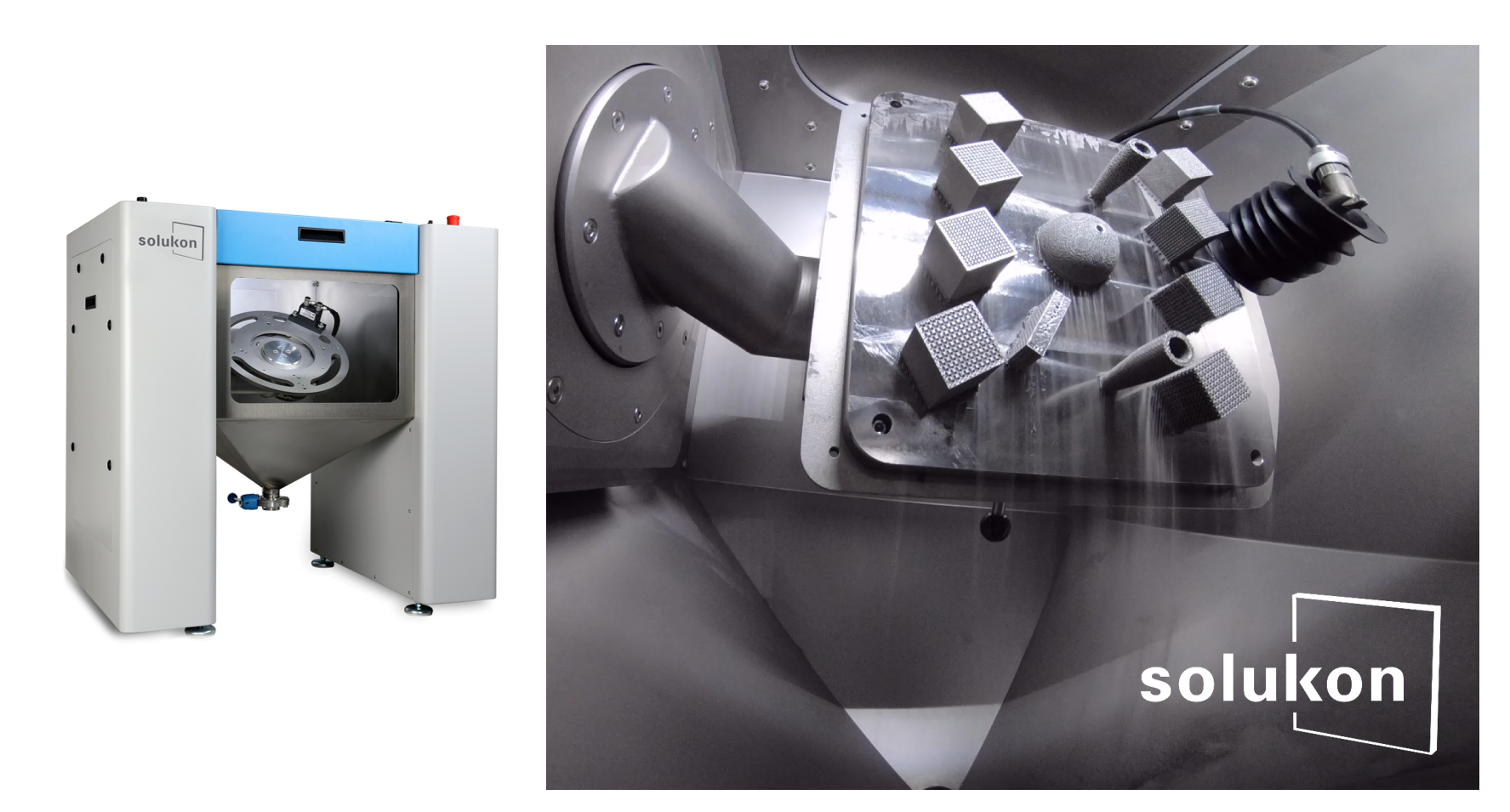
Calibry Nest software update from Thor3D
3D scanner manufacturer Thor3D has announced the launch of the latest version of its scan processing software, Calibry Nest. Version 3.4 delivers several new features, including a ‘stereo-marker’ tracking algorithm to increase the ease, speed, accuracy and reliability of scanning using markers, and a new priority mode selection brush that enables users to indicate which parts of the scan are important and require the best possible accuracy.
The updated version also features improved accuracy and speed of software by optimizing key algorithms such as the Global Registration and Texturizing features, and a new Magic Brush which allows users to correct texture directly on the model without needing to export it into an external application.
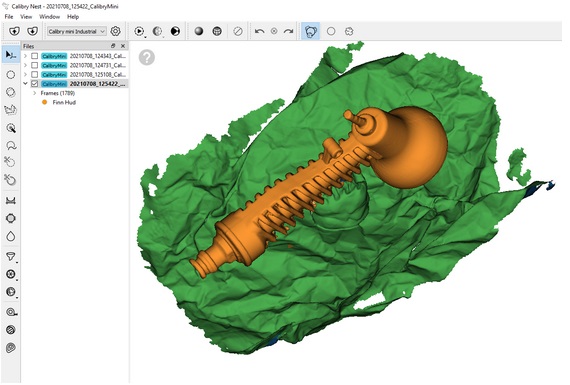
XJet announces commercial availability of alumina ceramic
Moving onto material launches, 3D printer and materials manufacturer XJet has declared the commercial availability of Alumina (aluminum oxide) for its XJet NanoParticle Jetting (NPJ) technology. Alumina has been added to XJet’s 3D printing material portfolio due to its wide use as a technical ceramic and growing market demand, and has been rigorously tested by one of XJet’s global customers in the US over the last few months. Alumina is desirable for its high mechanical strength, hardness, electrical insulation, temperature resistance and thermal conductivity.
“As alumina is the most widely used technical ceramic, and the most cost-effective, it made perfect sense to introduce that as our second ceramic material after zirconia,” said Dror Danai, CBO at XJet. “We are pleased to bring this extremely useful and valuable technical ceramic material to market, adding to our dynamic portfolio.
“New materials open up new avenues for our existing, as well as prospective customers, and serve to enhance their business opportunities.”
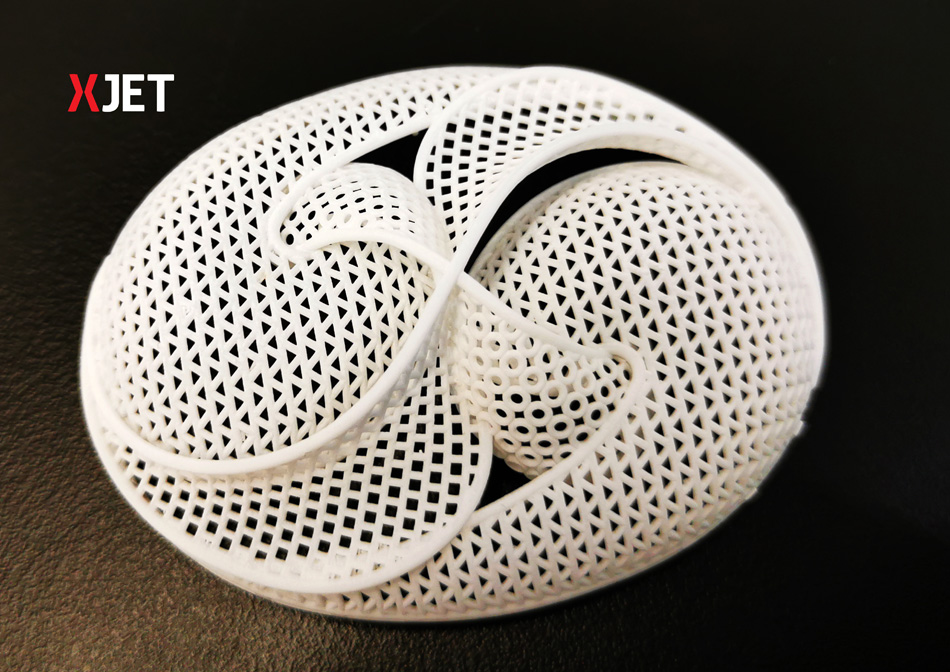
New partnership and business updates from Braskem and CeramTec
This week’s partnership news comes from Brazilian petrochemical firm Braskem and thermoplastic resin distributor Nexeo Plastics, who have announced a distribution partnership that will see Braskem’s 3D printing polypropylene (PP) filament and pellets become available through Nexeo’s online marketplace. The partnership enables Braskem to extend the international distribution of its PP filament and pellets for 3D printing to North America and Europe.
“Our new partnership with Nexeo Plastics marks an important moment for our additive manufacturing business as we extend the international reach of our products across the European market through Nexeo Plastics’ comprehensive online marketplace,” said Jason Vagnozzi, Commercial Director of Additive Manufacturing at Braskem.”We are excited to haver our products more broadly available to better serve the fast-growing 3D printing markets and reach new customers.
“Our PP has exceptional properties over other materials, and our partnership with Nexeo Plastics will help further strengthen the great potential we see for the global additive manufacturing marketplace.”
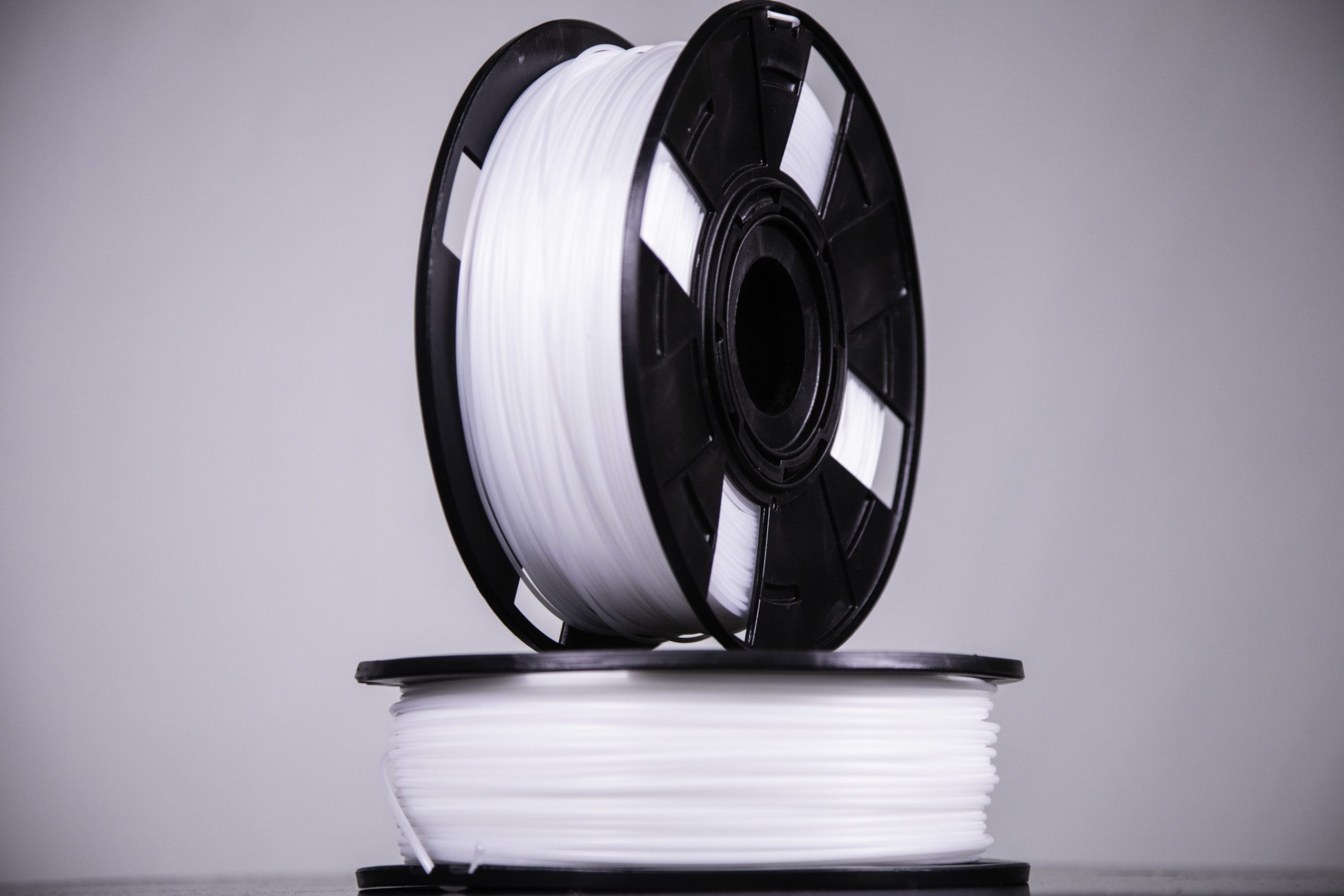
Meanwhile, ceramic specialist CeramTec has announced new ownership, with Canada Pension Plan Investment Board (CPP Investments) and BC Partners having agreed to jointly acquire the company from existing owner BC European Capital X (BCEC X). Once the translation is complete, CeramTec will be jointly owned by CPP Investments and BC Partners Fund XI.
“We are excited to continue working with the team at BC Partners,” said Dr. Hadi Saleh, CEO at CeramTec. “Their support since 2018 has enabled us to successfully expand our product range as we diversify our Medtech footprint. Moreover, we are delighted to welcome our new partners in CPP Investments, whose sector expertise and strategic vision we have already been impressed by.
“We believe that together we are well-positioned to continue working towards our aim of being the undisputed global leader in high-performance ceramics in the eyes of our customers.”
UofL rolls out 3D printing training program for manufacturers
UofL and Kentucky state’s manufacturing extension partnership, the Advantage Kentucky Alliance, are launching a new 3D printing training program to help manufacturers adopt the technology for their businesses, called Accelerated Innovative Manufacturing with 3D Printing (AIM-3DP). Backed by a $90,000 grant, AIM-3DP will provide small and medium-sized manufacturers in the automotive and aerospace sectors with 3d printing training, mentorship, and UofL-backed research, development and consulting.
Through the program, manufacturers will be paired with UofL researchers and students who will work together to develop new product lines and more efficient manufacturing processes. Manufacturers will be granted access to UofL’s 3D printing infrastructure and materials, and will also receive business development training and grant writing coaching.
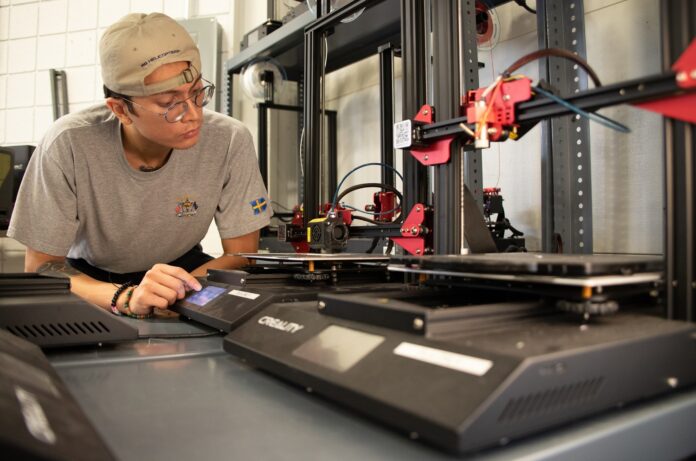
New 3D printing applications
This week has seen several new 3D printing applications come to the fore, the first of which is from 3D printer manufacturer B9Creations, who has produced 3D printed jewelry molds printed with a new elastomeric formula that it claims is set to “revolutionize the jewelry industry.”
The molds were printed on the B9 Core 5 Series XL 3D printer in the company’s Resilient-Silicone resin, and are designed to enable jewelers to cut costs, save time, and therefore grow their revenue, in place of traditionally manufactured rubber molds which can cost thousands of dollars and have just a 6-8 month shelf life.
“This is a game-changer for the jewelry industry,” said Patrick Dobbs, Owner and Master Jeweler at Hammerman Forge. “I’ve had enormous success printing molds in Resilient-Silicone, and moving from traditional methods to 3D printing will save me thousands of dollars every year, and the time savings associated with this are huge. I can do the CAD work in 45 minutes to an hour, put it on the printer, and I’m injecting molds within three to four hours. Before, with rubber molds, I’d start in the morning and couldn’t even get the master in the oven by the end of the day.”
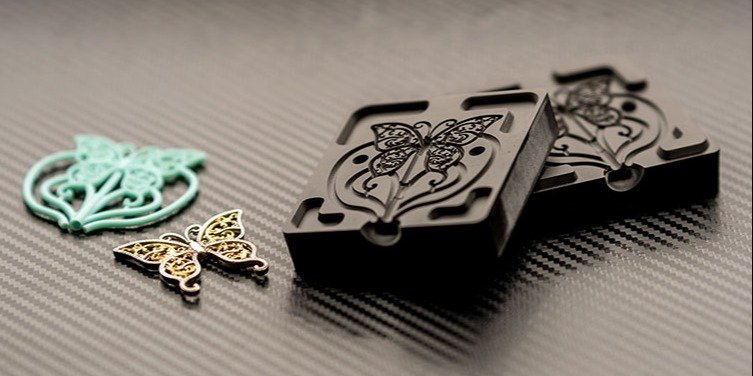
Elsewhere, software and 3D printing service provider Materialise has printed 2,000 parts for bicycle manufacturer Pinarello’s Dogma F racing bike in just three weeks. The project focused on achieving significant weight reductions while also balancing cost, quality, speed of production, and the number of units manufactured. Deploying Materialise’s 3D printing technology helped to cut the weight of a crucial seat clamp component for the bike in half, which withstood rigorous testing.
To ensure the scalability of Materialise’s 3D printing process, the team created a full-service, customized production workflow, including labeling and quality inspection.
“We achieved all this with the Materialise Process Tuner – a solution we’re bringing to the market later this year that extensively ‘tunes’ process development,” said Philip Buchholz, Technical Project Manager at Materialise. “This software not only accelerates the set-up of parameters but also reduces mistakes thanks to automation and provides insights and clever statistics all stored in a centralized database for future operations. We developed optimized printing parameters in a matter of weeks instead of months.
“We couldn’t have achieved this without the combined know-how of our software and D&E teams at the Metal Competence Center.”
Rounding off this week’s updates is the creation of a novel museum exhibit featuring life-size 3D printed dinosaur models. The Western Australian Museum sought the help of model making company CDM: Studio to create over 110 life-size models of dinosaurs and other animals for a new exhibit in just nine months. To achieve this, CDM: Studio turned to large-format 3D printer manufacturer BigRep, to 3D print parts of the models on the firm’s BigRep ONE. The average size of the parts printed spanned three feet long, and were then glued together before undergoing post-processing and painting.
The benefits of leveraging BigRep’s technology to build the models are two-fold – exact replicas of each dinosaur could be produced from a digital file approved by scientists and museum staff, and the ability to print non-stop enabled CDM: Studio to meet the museum’s deadline and gain a competitive advantage over other firms.
Nominations for the 2021 3D Printing Industry Awards are now open, have your say who is leading the industry now.
Subscribe to the 3D Printing Industry newsletter for the latest news in additive manufacturing. You can also stay connected by following us on Twitter and liking us on Facebook.
Looking for a career in additive manufacturing? Visit 3D Printing Jobs for a selection of roles in the industry.
Subscribe to our YouTube channel for the latest 3D printing video shorts, reviews and webinar replays.
Featured image shows a life-size dinosaur model 3D printed on the BigRep ONE with the Sliced logo.



